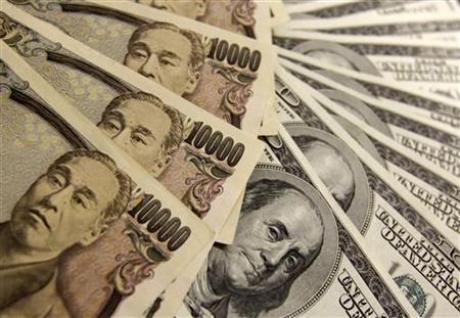New Zealand Dollar Rebound Threatened by Dovish RBNZ
The New Zealand Dollar was the second best performer this week, finishing just 0.12 percent lower against the top performer, the Australian Dollar. The Kiwi crushed the safe haven currencies, the Japanese Yen and the US Dollar, appreciating by 3.72 percent and 2.05 percent, respectively. As Currency Strategist Ilya Spivak frequently notes, the New Zealand Dollar has a very tight correlation to the MSCI World Stock Index, so the commodity currency is at bay to global risk trends.








